Lecture
Already in 1950, Claude Shannon, having systematized the principles of English grammar, made several sentences using computer methods [17]. These early studies of “computer creativity” launched an interdisciplinary dialogue on the use of computer approaches in solving creative problems.

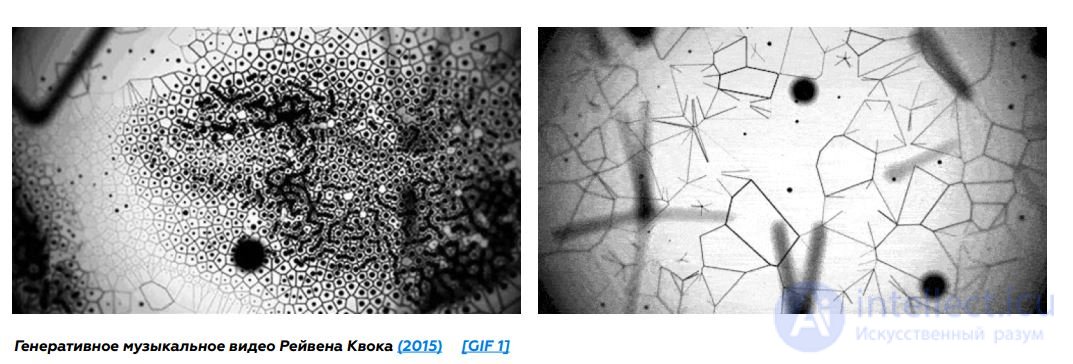
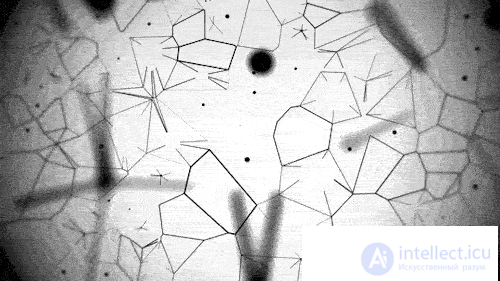
Since the early 1960s, Bell Labs researchers have begun to actively use computers to perform creative tasks. During a series of innovative experiments, they used computer systems to create graphics, animations, and art objects [18]. One of the most active researchers in this field was Michael Knoll. In 1970, he expressed the need for a “new breed of creative computer scientists” [19]. Many artists and musicians soon responded to the call of Nolla - for example, Bayan Eno. Already in 1975, Eno used algorithmic and generative principles when writing music. Later he described his work as follows: “I took the technology intended for making copies, and began to make original works” [20].

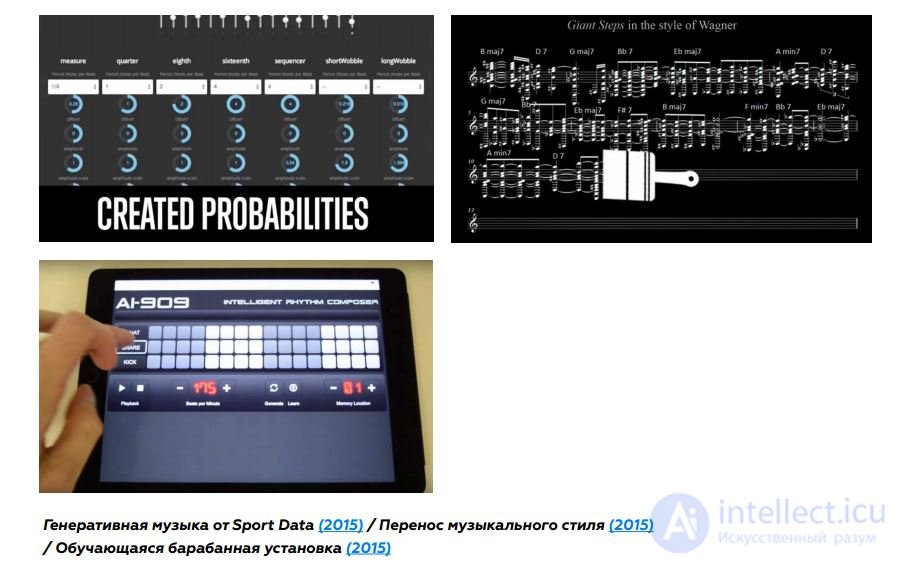
The next milestone in the development of computer creativity can be considered the year 1979, when Benoit Mandelbrot [21] brought out Mandelbrot. The scientist was the first to use computer graphics to depict geometric fractals. With this, he showed how visual complexity can be created using simple rules. Fractals have significantly influenced our understanding of the creativity and capabilities of machines. They made many people think: “can computers / algorithms perform tasks?”, And inspired scientists, artists and engineers to begin experiments in the field of creativity.
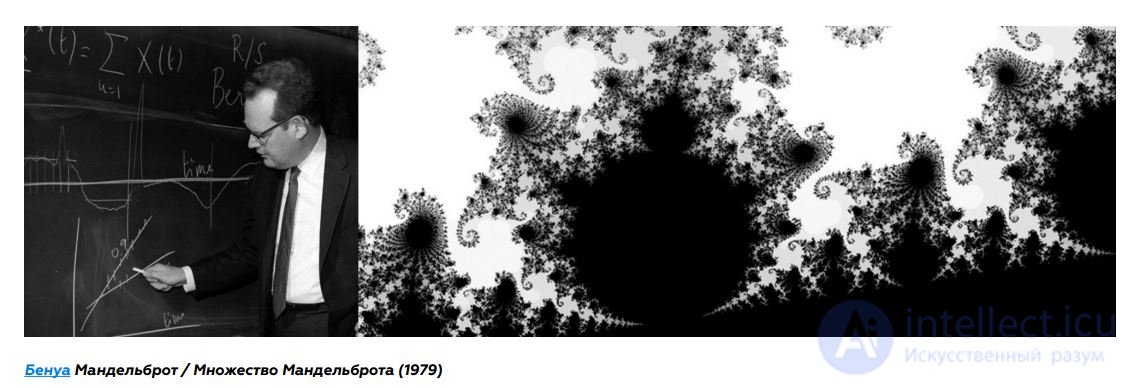
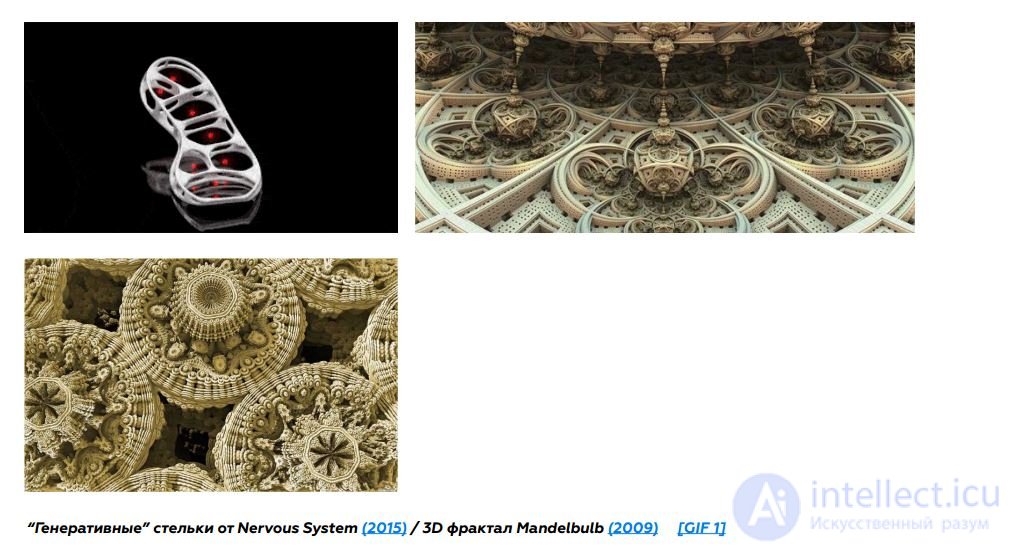

With the advent of video games began industrial application of computer creativity. In 1978, expensive procedural systems began to be used in games — to work out the game cards and characters' behavior [22]. These systems made it possible to quickly implement complex game plots and were further spread with the advent of games such as Simcity by Will Wright [23].

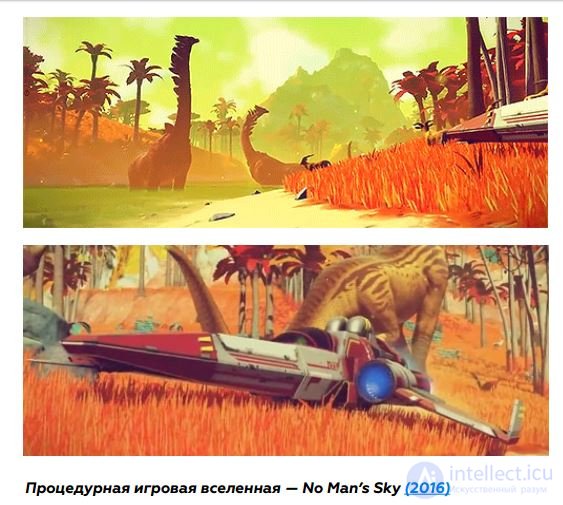
In the 1980s, computer creativity — in the context of ongoing research in this area — began to take the form of a scientific discipline [24]. At the same time, active experiments began with computer creativity in many other areas: computer science, architecture and design. It is difficult to give computer creativity one single definition, but the most common is this: computer creativity is “the realization of operations that, if they were carried out by man, would be considered creative” [25]
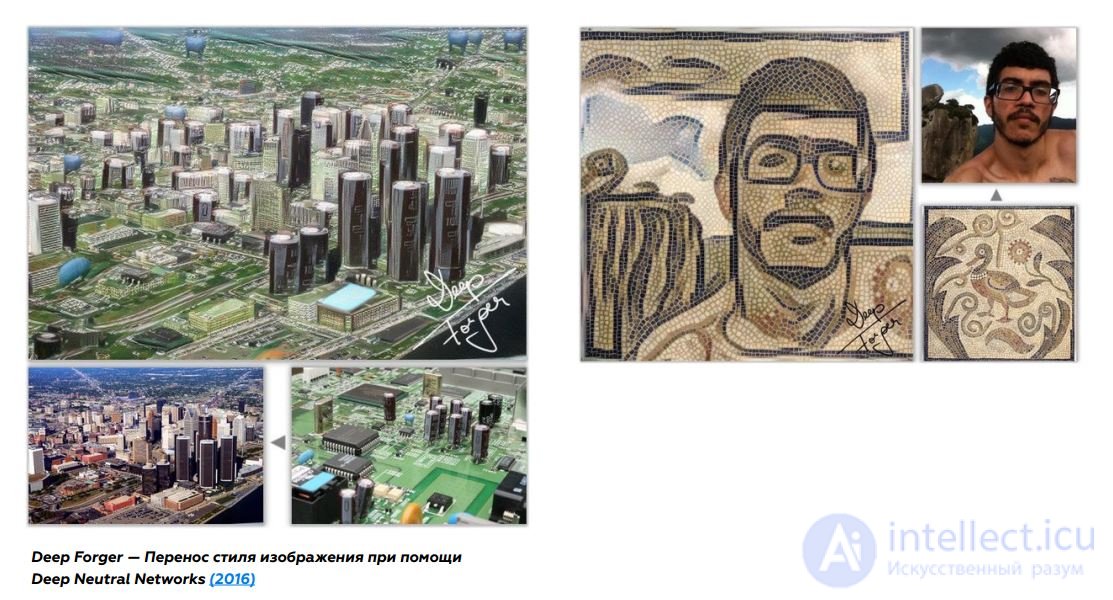
Today, interest in creativity in the context of AI is growing: annual conferences, school and master programs are devoted to this topic [26]. A whole wave of ideas and technologies emerged based on computer creativity (at least at the level of an idea): characters with artificial intelligence, “artificial” musicians, bot journalists, generative architecture, and artificial neural networks capable of fantasizing. And although such systems cannot be compared with human capabilities, they are still actively used in culture, industry and education - and society accepts the results of their activities with great curiosity. In many areas, such systems are transformed from experimental into production ones, creating new creative processes and results.

After World War II, the United States was in a state of euphoria. The allies won, as it seemed, at the expense of science, technology and systems thinking. In this context, the Joshua Macey Jr. Foundation organized a series of conferences (1946-1953) on the “principles of the human brain” [27] - later the name Cybernetics appeared. The purpose of these conferences was to stimulate communication between representatives of various disciplines and to restore the unity of science [28]. Such people as JS C Liclayder, Margater Meade, Heinz Von Förster, John Von Newman, Claude Shannon and Norbert Wiener took an active part in this movement.

In 1948, Wiener, inspired by the conference, published his dissertation work: “Cybernetics: Control and Communication in Animals and Machines” [29], and Shannon published “Mathematical Communication Theory” [30]. These works formed the basis of modern science and gave a theoretical definition to such concepts as “information”, “communication”, “feedback” and “control”
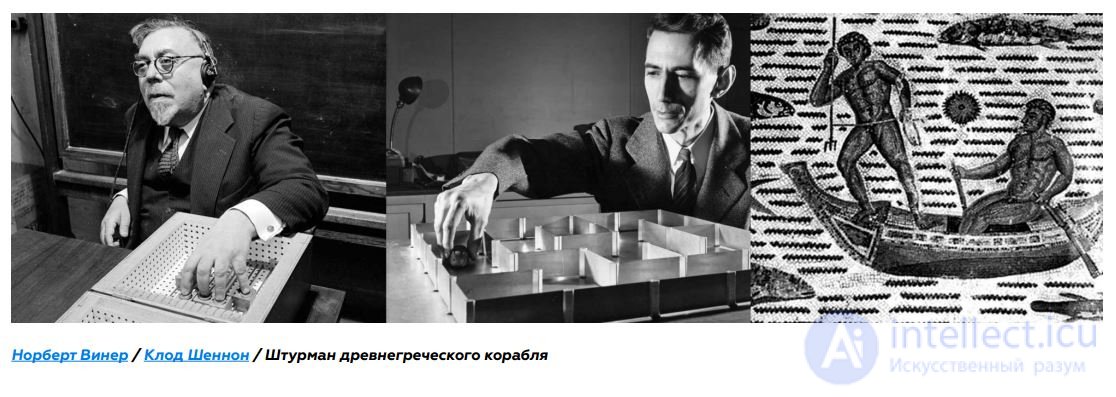

Ship Management: Cyclic Control
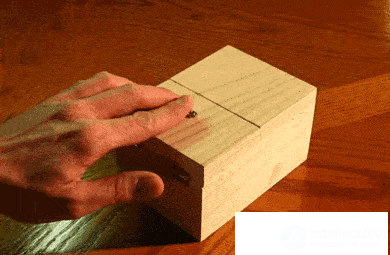
/ “Absolute Machine” by Claude Shannon
Wiener defined cybernetics as the science of adaptive control based on feedback [31]. The name of science itself comes from the Greek word navigator, helmsman. Cybernetics is of the opinion that control in complex systems should be interactive. That is, it implies not only actions, but also the ability to listen and adapt. When controlling the ship, you need to use tiller and sails - to adapt to the change of wind and current. The cybernetic control model is cyclical: decisions depend not only on how well people fulfill their plans, but also on the reaction of the environment.
The connection between cybernetics and creativity was first demonstrated in 1968 at the Cybernetic Serendipity exhibition at the Institute of Contemporary Art in London [32]. Art workers (such as Gordon Pask and Nam June Pike) used computer systems to create music, poetry, films, paintings and computer graphics. Buckminster Fuller, who introduced the concept of “all-round designer” - “synthesis of the artist, inventor, mechanic, economist and strategist” [34], contributed to the new spirit of creativity.
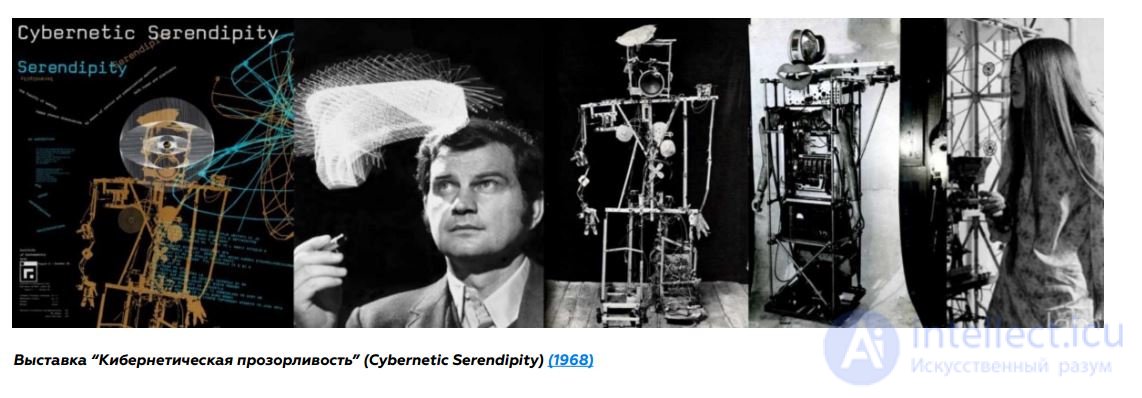
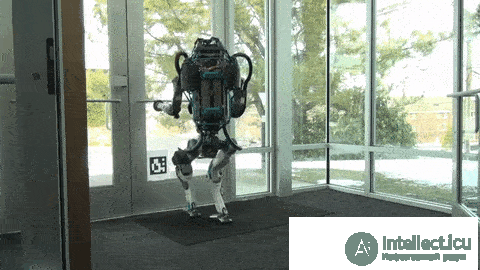
Cybernetics / Control Theory in Action: Robot, Boston Dynamics (2016), Robot Artist (2013) [
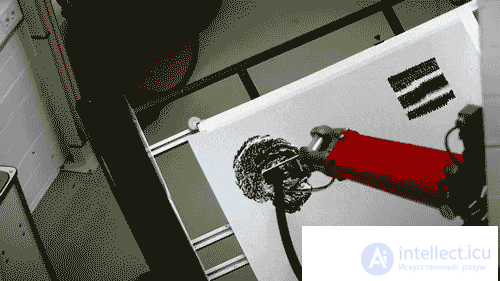
Subsequently, the ideas of cybernetics had a profound impact on such areas as business, politics, art, design and architecture [35]. As Pak noted: “Architects are the very first and main system designers,” but they lack “theoretical fundamentality and unity ... Cybernetics is a science capable of filling this gap” [36]. Cybernetics systematized and integrated context and relationships, thereby bringing creativity and design beyond the limits of the former object-oriented approach.
 Although cybernetics went out of fashion in the 1970s, its legacy still lives in areas such as control theory, the study of complex systems, interaction design, and design thinking [37]. Today, in many areas, integrated approaches are used to integrate technological, human and social needs. Creative systems, owing their existence to cybernetics, find “surprising” applications in many areas: software (agile agile development system, open source software), management (Google 20% of the time), various areas of work (Uber / Lyft) and resource allocation (algorithmic trading / amazon).
Although cybernetics went out of fashion in the 1970s, its legacy still lives in areas such as control theory, the study of complex systems, interaction design, and design thinking [37]. Today, in many areas, integrated approaches are used to integrate technological, human and social needs. Creative systems, owing their existence to cybernetics, find “surprising” applications in many areas: software (agile agile development system, open source software), management (Google 20% of the time), various areas of work (Uber / Lyft) and resource allocation (algorithmic trading / amazon).
Comments
To leave a comment
machine art
Terms: machine art